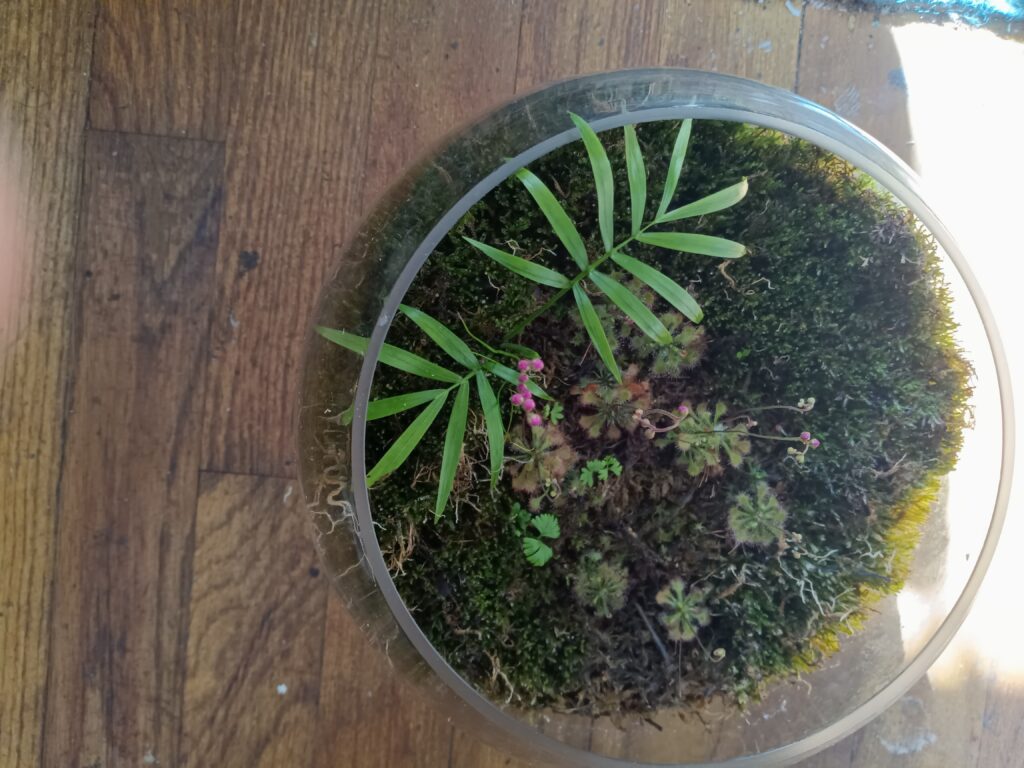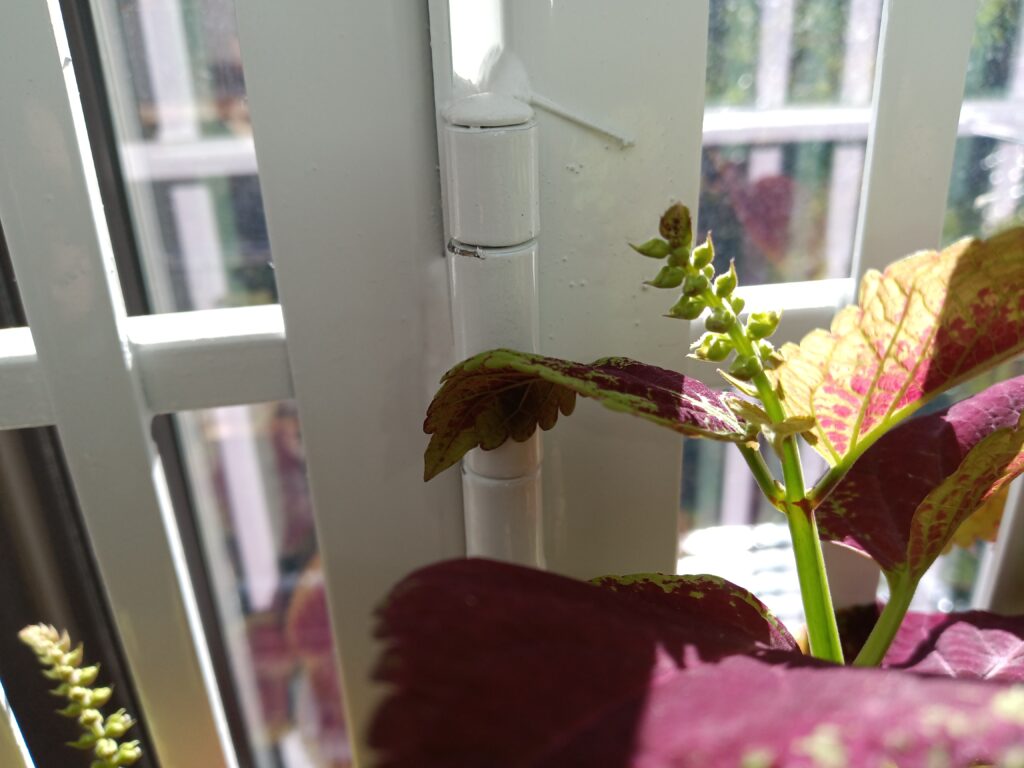I can’t put these under failures per se, because many of them appear to thrive for a while, until they don’t. In some instances, certain changes, and other circumstances may take affect, leading to the plants simply not living.
There are a variety of plants that I have chosen to have in my home. I look at a few plants, that eventually just don’t make it. There may be reasons, that put them in the category of fickle, while other simply just don’t survive for very long. Now, you could put this under fickle plants, because there are some that are quite fickle with their environment, even when they eventually reach the point of flowering.
However, when it comes to fickle plants, most of us have been there. No matter how we care for them, try to keep them alive, some simply either can’t or won’t stay alive.
In many instances, it’s out of our control. However, if we can control the circumstances around us, it will take a lot of effort for little positive outcomes. In the end, the plant will still end up perishing. That happens, and it can happen with certain plants. Your environment often results in some plants either struggling and then dying, or being just fine, and can live for quite some time. For the ones that had the former result, I will discuss here.
NOTE: This was my experience with these plants, and it may not be the same for other people.
Much of the environments can lead to good results as well as bad results. An example of this can lead to a plant thriving at first, but later on, you start to not see something happen, such as overall growth. If you have a set of plants that grow, but there’s one that doesn’t, you have to figure out why.
One for me was an air plant. For some it’s quite easy to maintain, but it’s not always the case, especially if you live in an area, or an apartment for example, that’s extremely dry. The air is so dry, that it can give certain people nosebleeds. That needs to be fixed with either a humidifier, and evaporative air cooler, or something that can lead to the air being of normal/moderate humidity, or slightly humid for the plants.
I’ve mentioned the notion of this air plant that I had, was fickle, and that requires explanation. The air plant that I bought is no different than any other, but I was given some advice, in regards to humidity making them grow quite fast, or at best showing to be greener and happier when it’s in a humid area. Every so often, air plants will need to be dried out, naturally. I made that mistake, in doing this a bit too late; so this may have been a mistake on my end. However, what I did realize when I didn’t see it grow, some cases, it’s recommended to pull off some of the outer leaves. When I did this, I saw some browning of where it should be rooted. By the way, air plants don’t have roots. Those leaves were coming off a bit too quickly, and this continued until there wasn’t anything left.
To a degree, it may not have been a fickle plant, but for me it was. I had it in, “the tank”, usually hidden under the fast growing plants around it. However, when I raised it to be closer to the midst of the environment, atop of some of the parlor plants, to get more light, this resulted in drying it out quite fast, becoming its default grey color, once again. It was in a very high humidity environment, where, “the tank” has an average humidity around 85%. It may have become temperamental because of being in that environment, but as stated earlier, it may have had a bit of rotting in the bottom of the plant, behind the outer layer of leaves. This may have been the sign that I could not see, that the plant may have been dying, and I couldn’t see that, until it was too late.
I’ve had my issues with succulents, and I had an issue with one type, where I did things right, and even tried to not water them too much. Keeping them in a dry air environment wasn’t an issue, but apparently it was, because they eventually died. Leaving an overwatered succulent to dry out, should be easy, but in some instances, it wasn’t the case for me. I didn’t have the succulents, and yes, I had maybe two or three, and all in open air environments, and no matter what I did, all of them died. I watered when needed, less frequently than the other plants. Just like with cacti, they can’t be watered too often; they need to be watered maybe weekly, bi-weekly or monthly. If the environment is dry, then maybe bi-weekly just to counter the dryness; which is better for most plants that prefer moderate to higher humidity.
For me, succulents don’t work. I can deal with cacti, but as long as I get the ones that don’t have fake flowers hot glued on them, it will be worthwhile, but for me, succulents are a no-go at this time. I can’t include those type of cacti, because they were manipulated, and damaged, and it’s not an issue of them being fickle, in my opinion.
When it comes to fickle plants, I can say with clear certainty, lavender plants are in this category, because no matter what I did, repotting, giving them good lighting and water, It still resulted in both plants dying. I bought two, and both of them dried up significantly. The problem here, was no matter what I did, nothing would work.
Lavender plants are no good in tropical environments, at least the ones I bought didn’t like high humidity. I tried propagating them, with a humidity dome and in soil, and it resulted in the plant developing mold, instead of rooting. I tried this without the dome, and just in water, and that didn’t work either. Many have tried these methods, and for them, they worked. For me, nothing worked. It was more stressful just trying to maintain them, and to keep them alive. After a while, I just gave up, because it wasn’t the water, and it wasn’t the lighting, and it couldn’t have been shock either. This plant simply didn’t want to be in the environment it was in.
I can also add the string of pearls, and although it is a good plant to have, where I live, it’s very fickle, and only lasted maybe a few months at best, before it finally shriveled up and died. It’s one of those semi-succulent types of plants, where they don’t really care for humidity, but require water and sunlight regularly. (Some say otherwise, but either way, I got the results that came with it.) Again, the issue may also have been the environment, because of its excessive dryness in the air around it. You can’t over water them, and you can’t keep them in bright sunlight either. You also can’t under water them, or keep them too dimly lit. Other people may have the opposite experience, and some of that maybe because of where they’ve chosen to keep these plants, but for me, it just didn’t work out, and now that plant is a distant memory. Yes, I did try propagating them, several times, but to no avail. Oh well.
I can say that I took a chance and bought a random set of plants from a plant vendor at Union Square, where they often have the Farmer’s Market. One of them I looked at was a plant that was already flowering, and it kept this up for a while. This was called a Kawaii Soiree, or Kawaii Catharanthus, and it’s also called, “white peppermint”. I can’t say much about this. Right now it’s pretty much gone, just like the lavender. Only difference, it wasn’t truly that fickle, because it spent the entire summer just flowering, and it was only once the weather got a bit colder, it chose to change, and not for the better. It gave me no trouble, until maybe late September, and after that, it was nothing I could do. I want to say that it went dormant, but I’m sure that’s not what happened.
For some plants, you can be doing everything right, including adjusting the humidity in your home, and it will still not work for some plants for whatever reason. I will admit, there may have been things and assumptions on my end, this is especially the case with the air plant. For the others, they simply didn’t want to be there, or they simply couldn’t adjust. You know it looks bad, when you have them in different settings, and no matter what you do, they both end up dying anyway. That proves why some plants simply aren’t compatible with some areas, no matter what you do to accommodate them.
Could some of them die, because of an infestation that you cannot see? It’s been said to be the case for a few plant enthusiasts. I’ll have to look into this personally.


